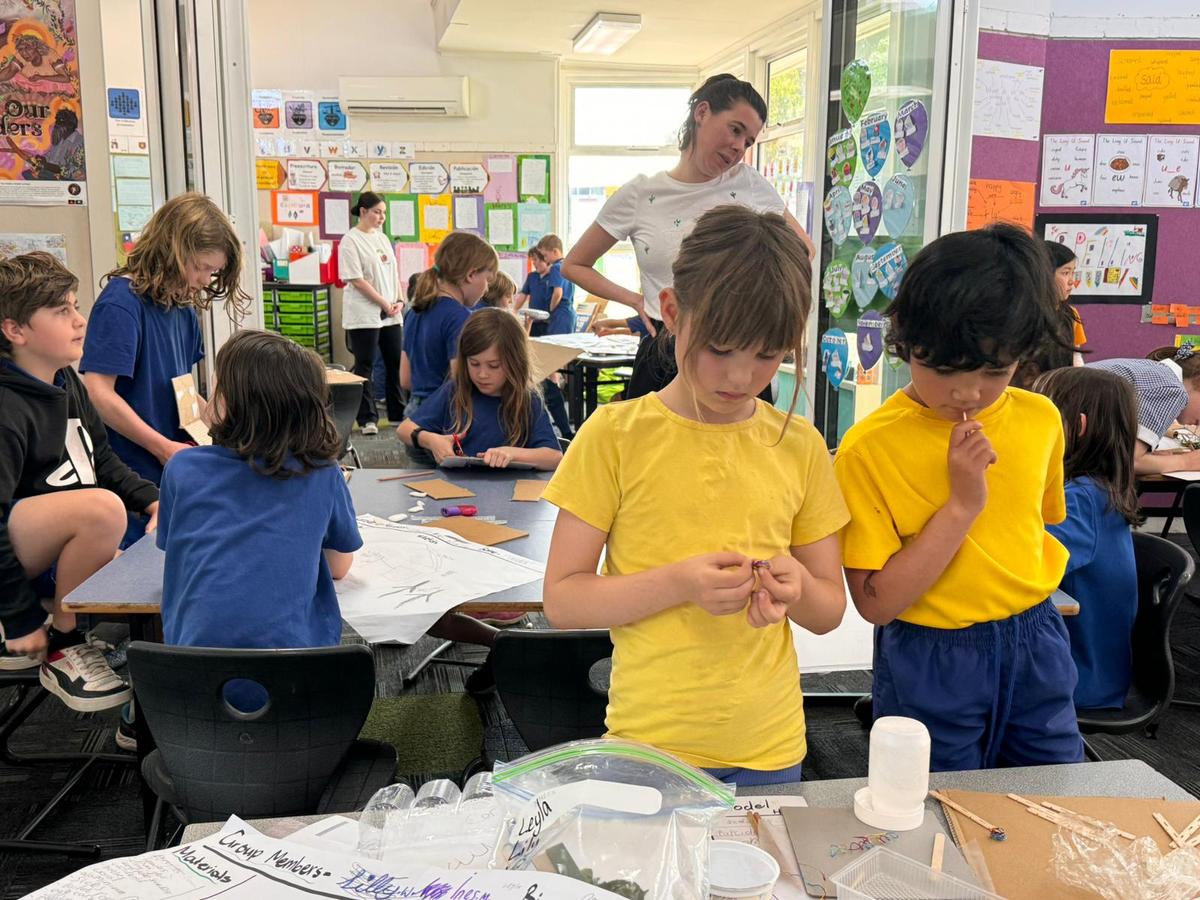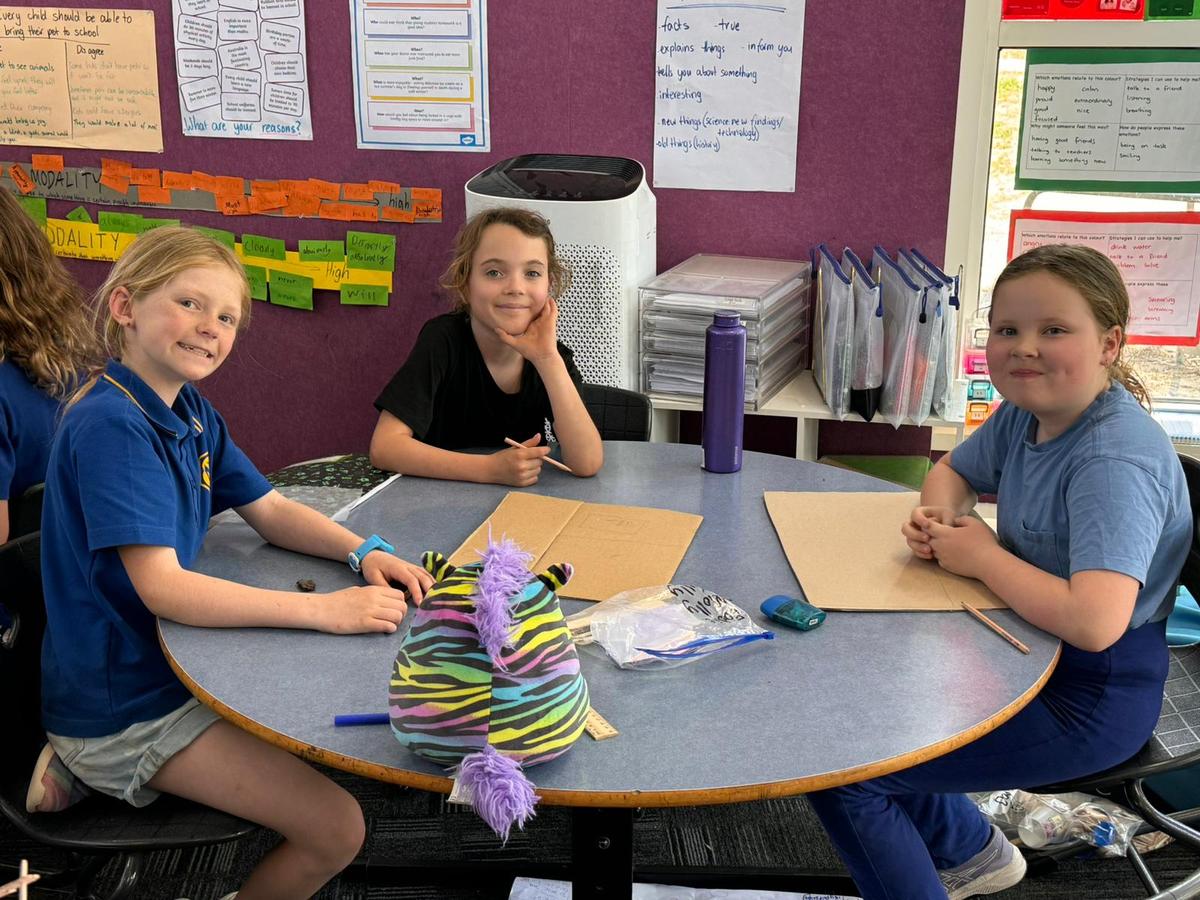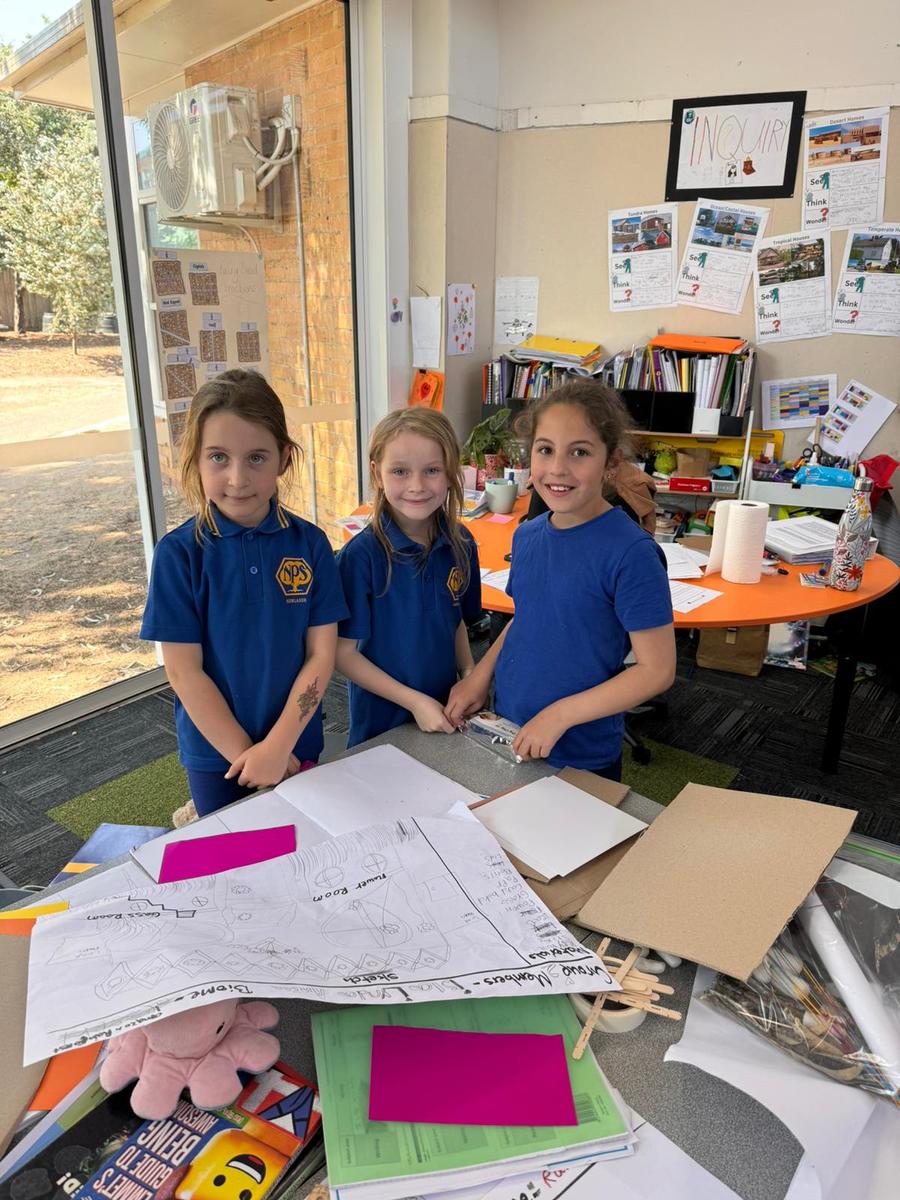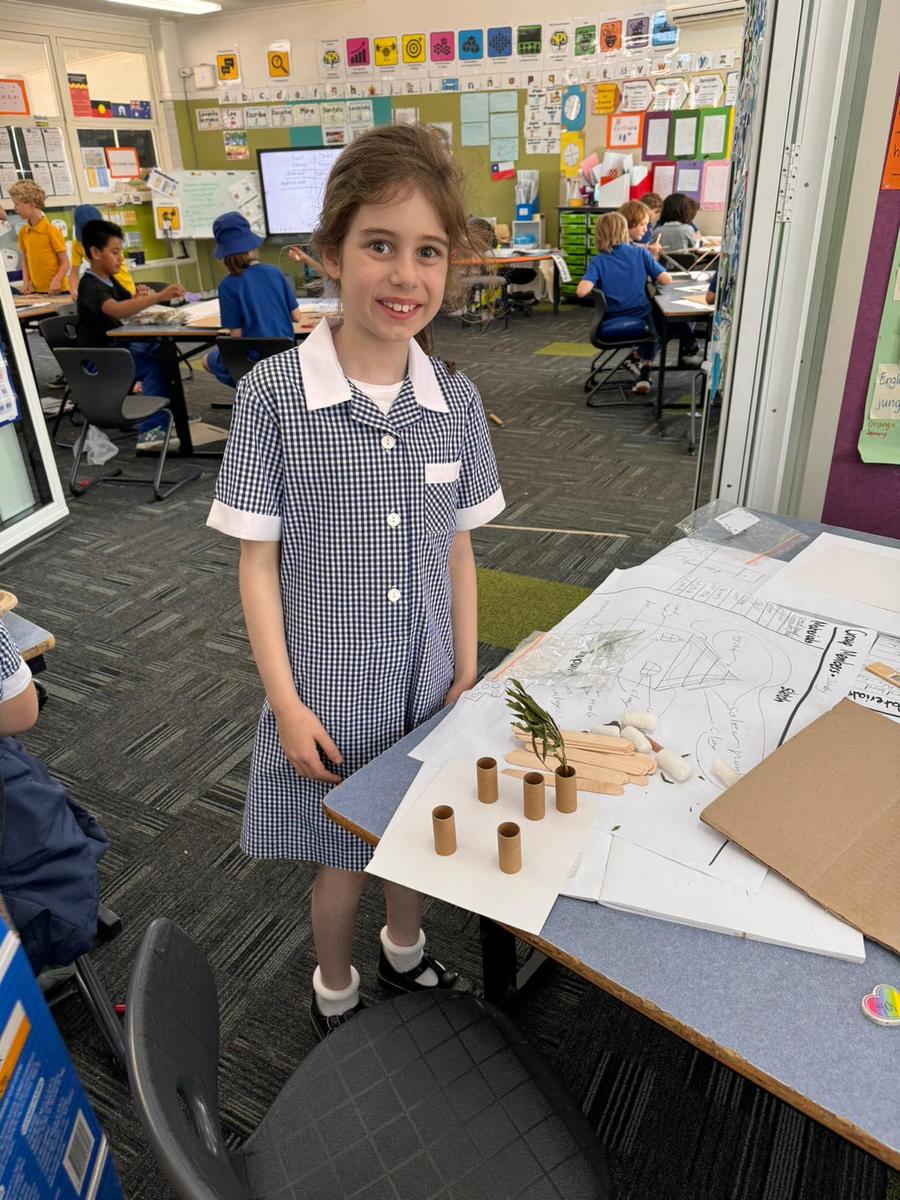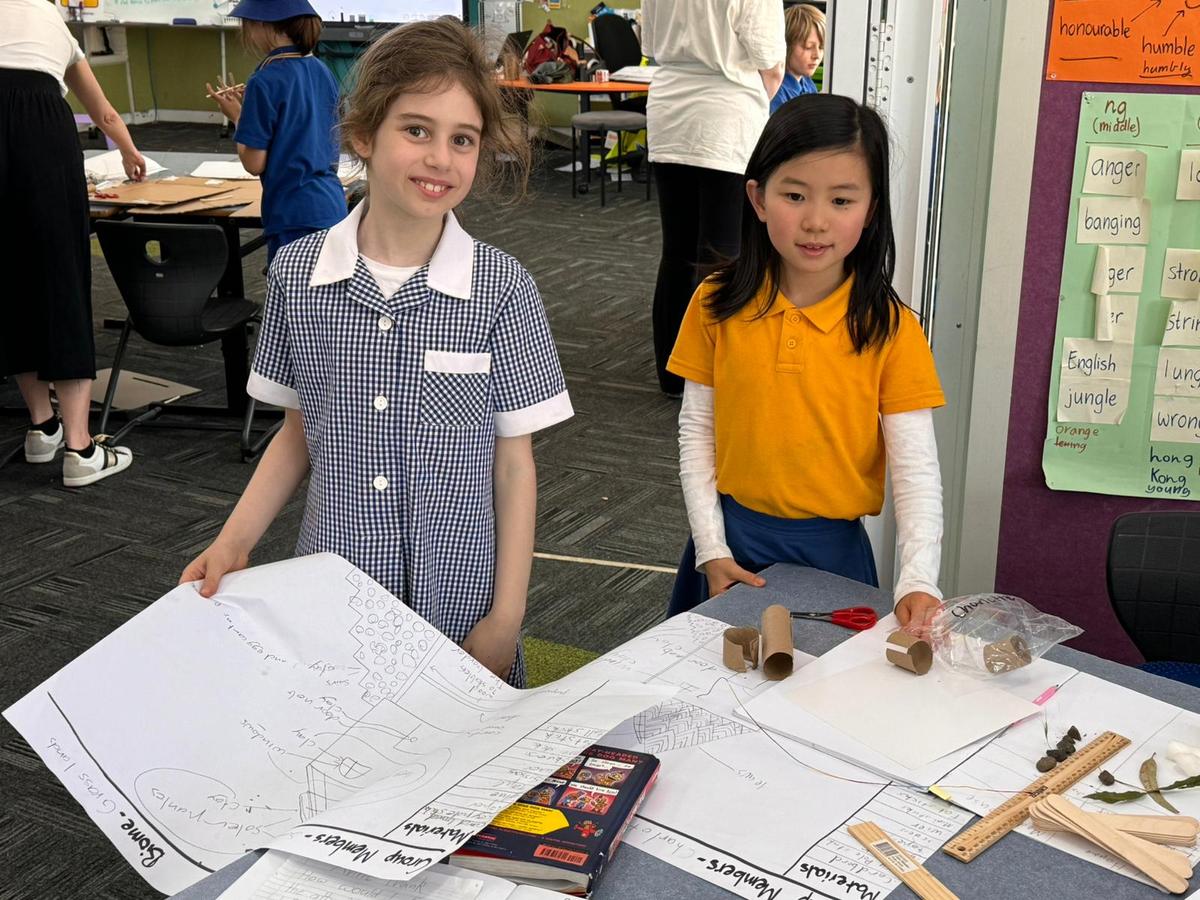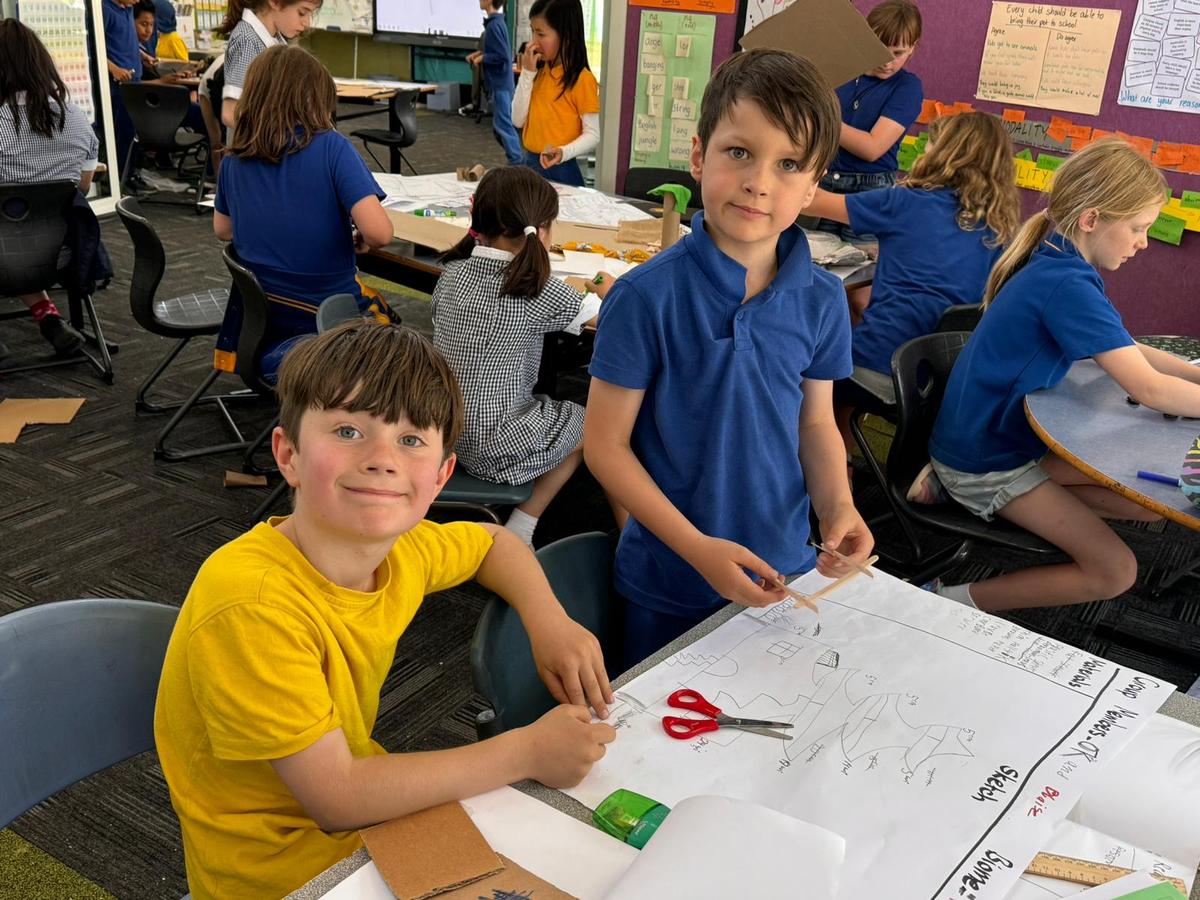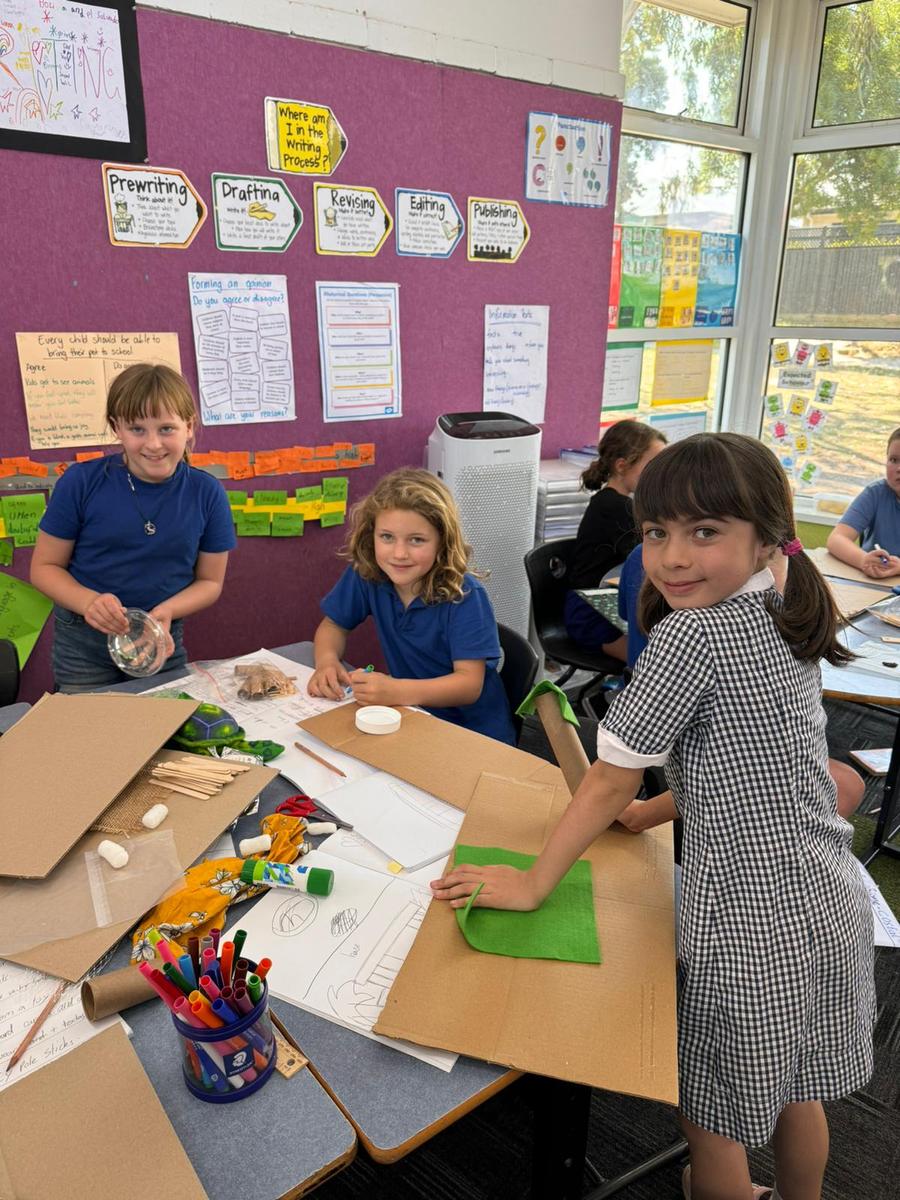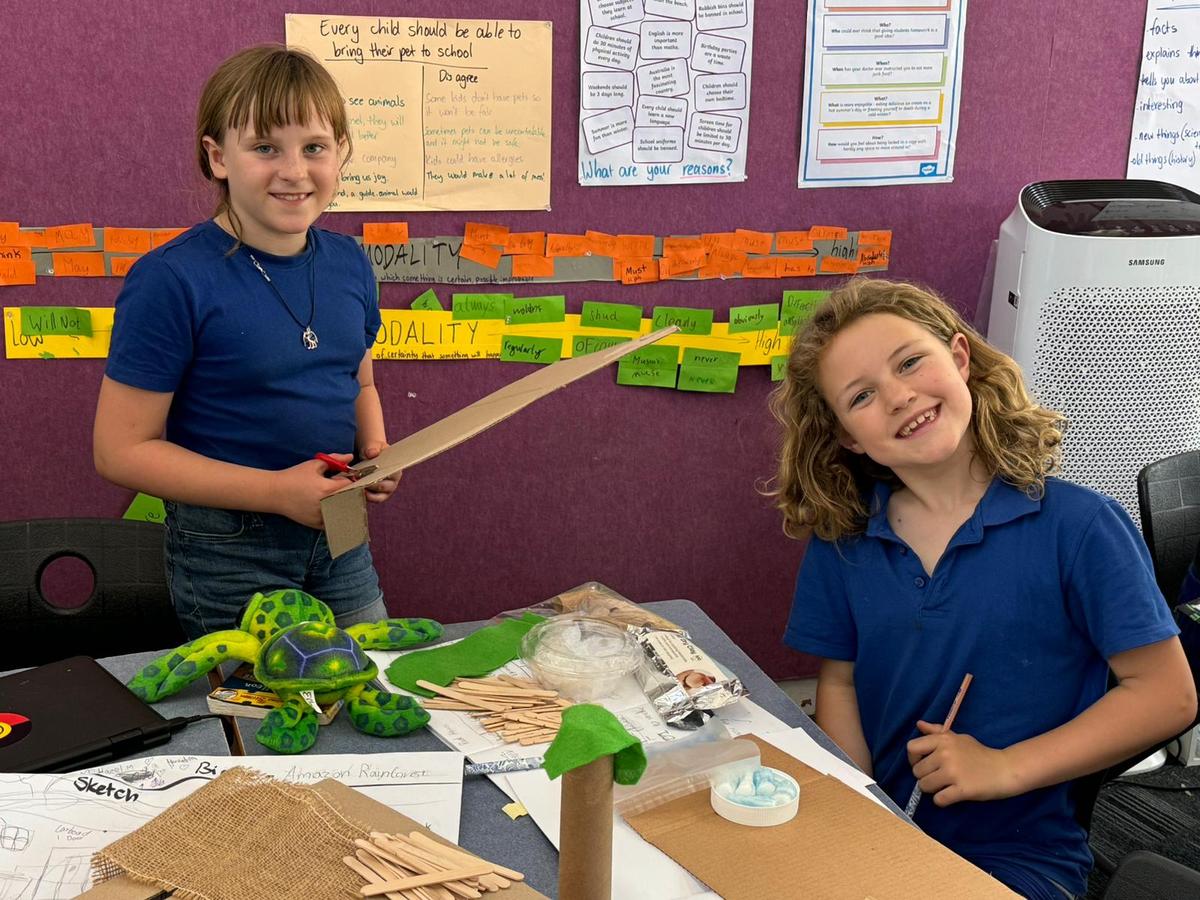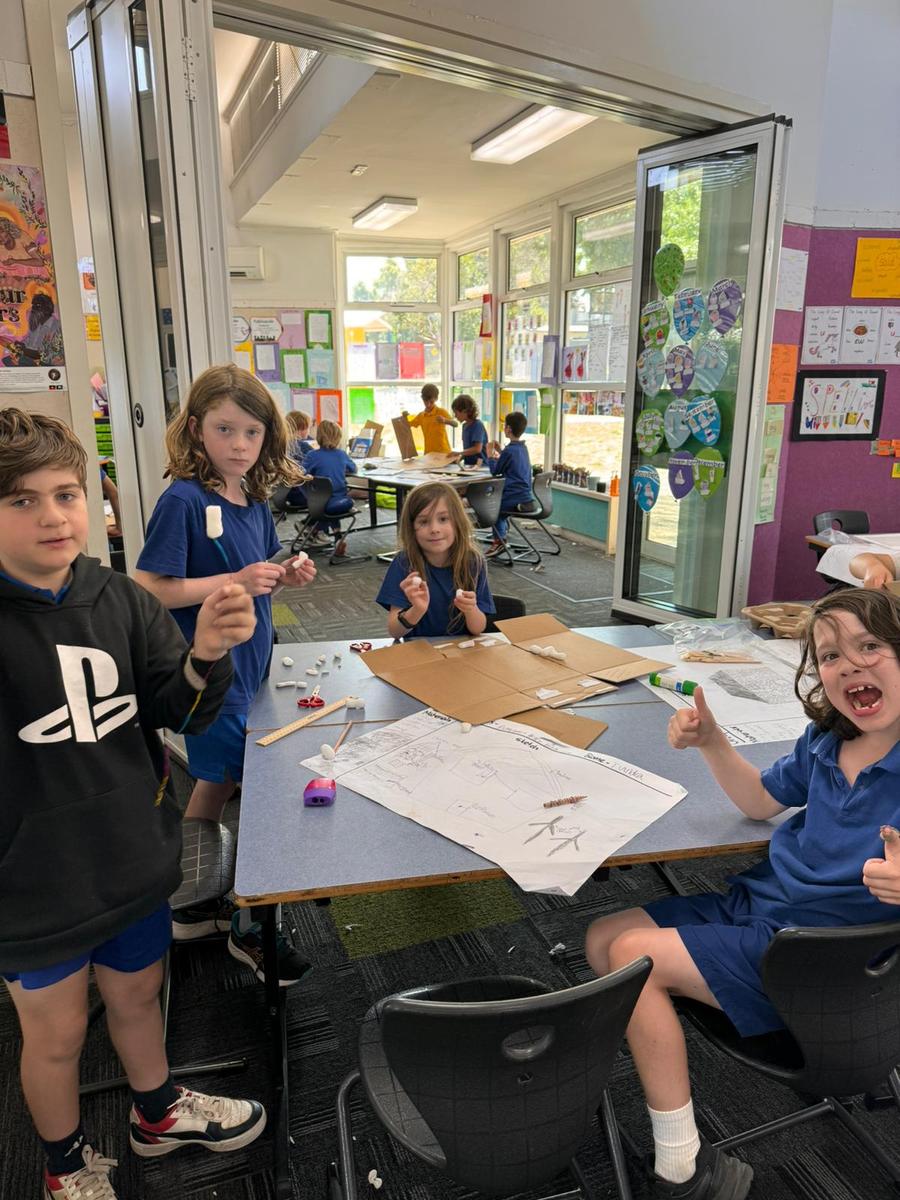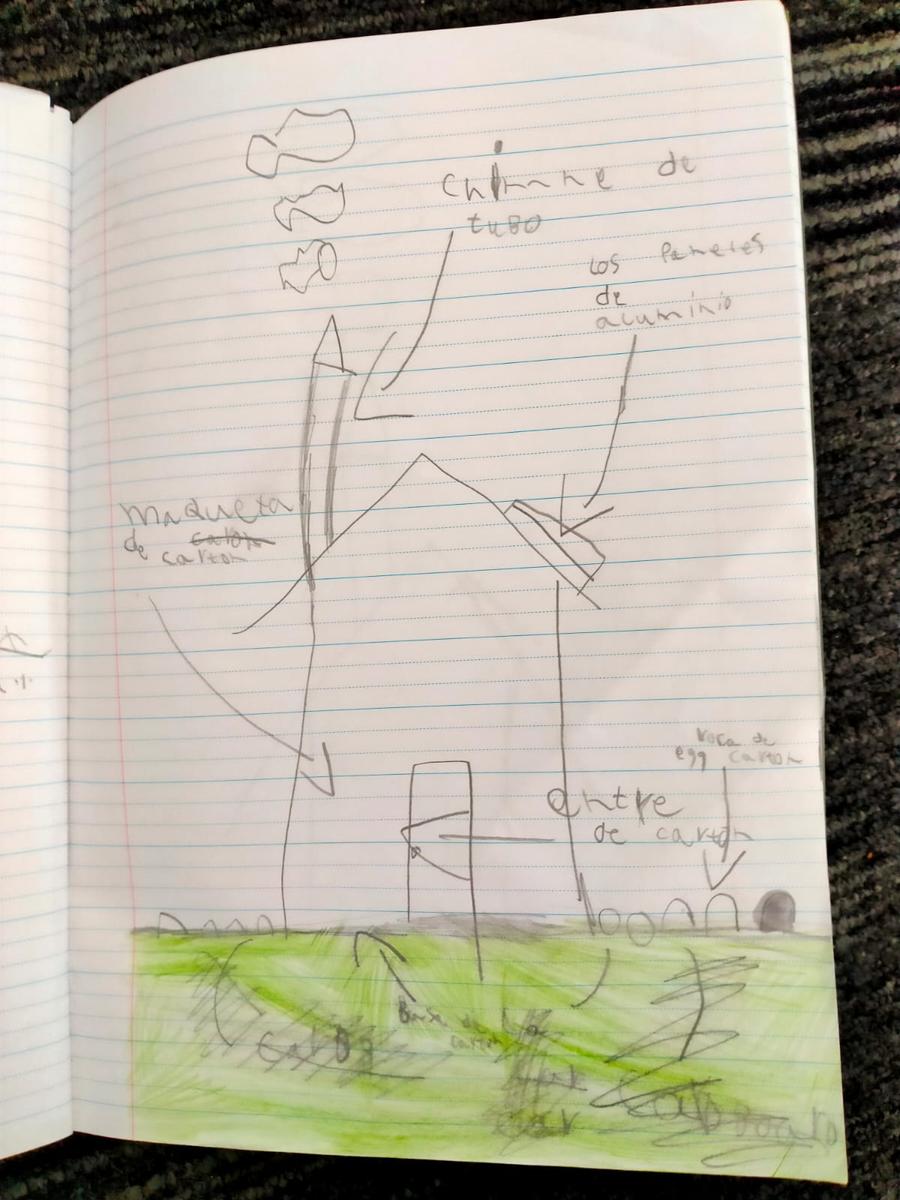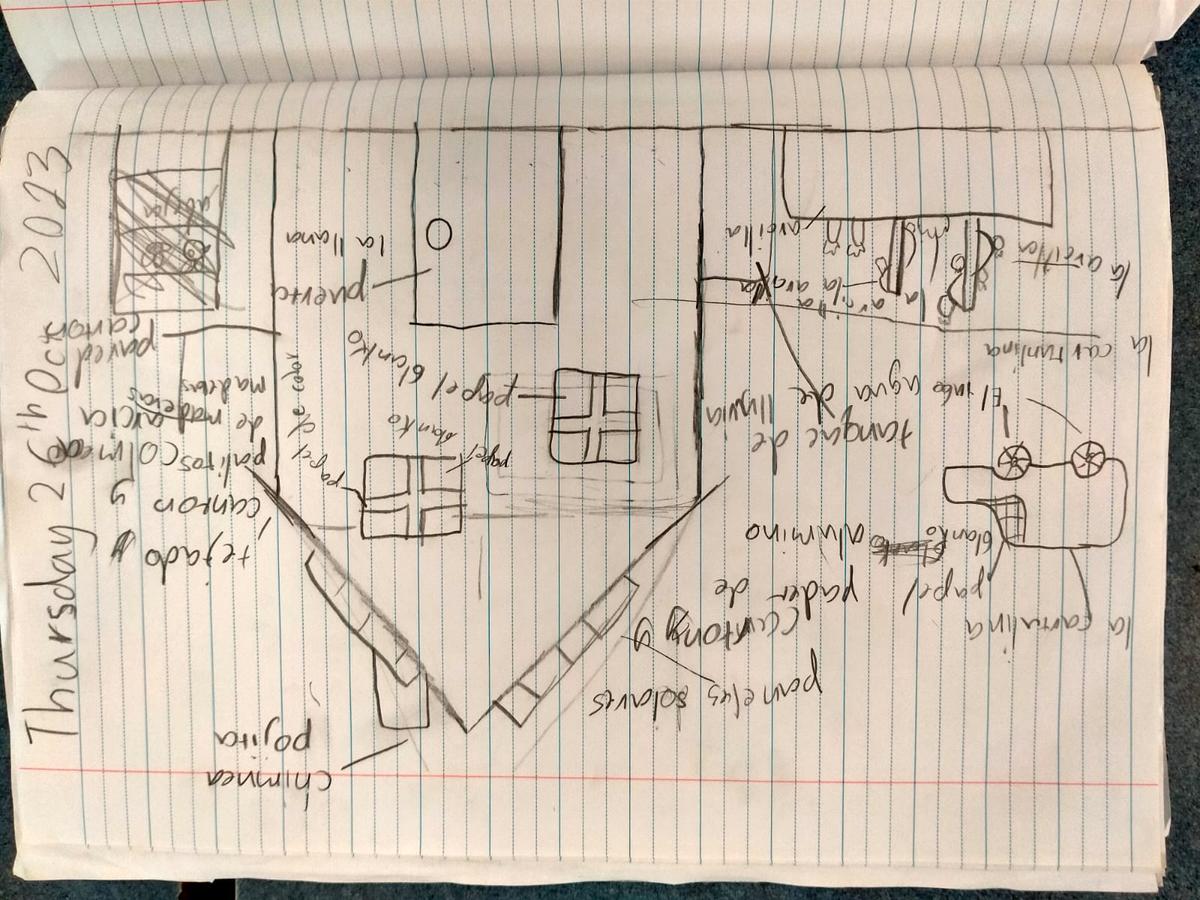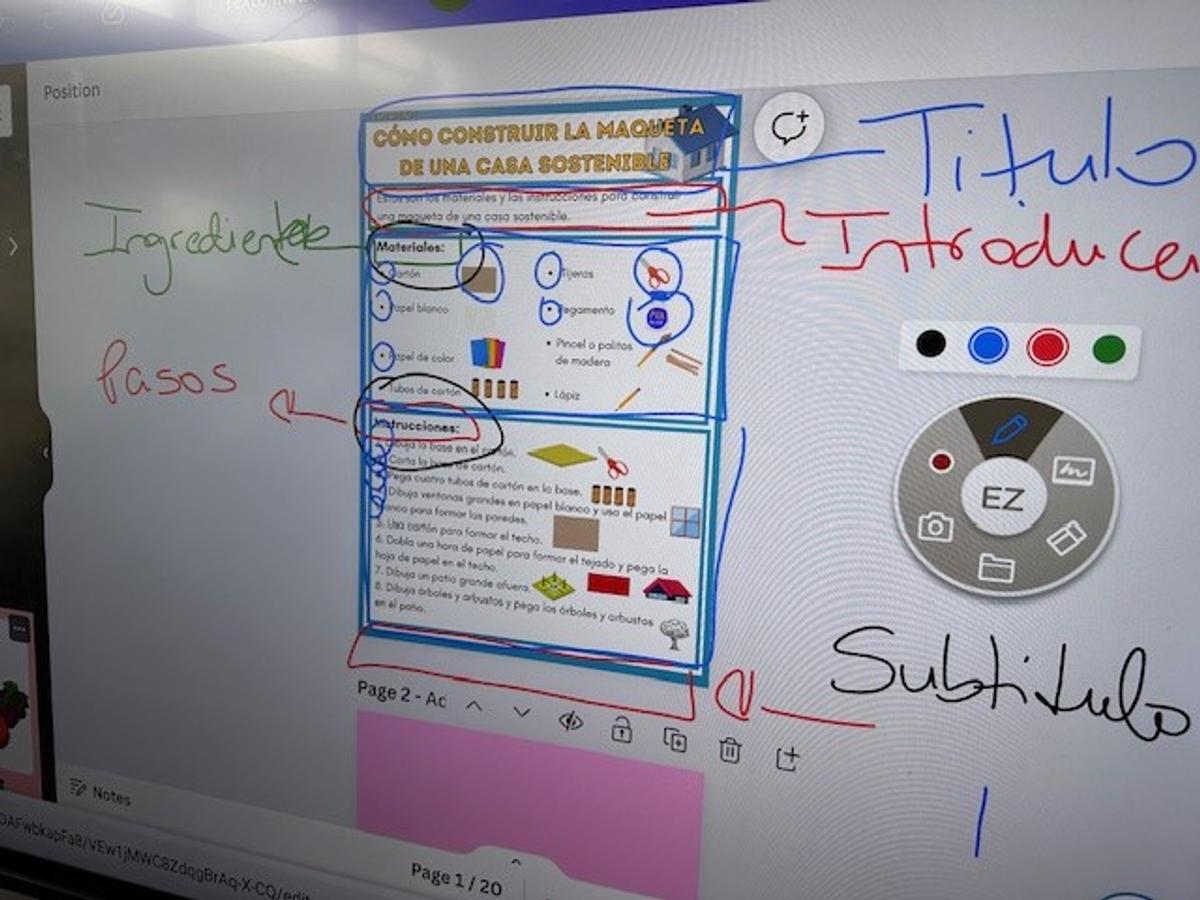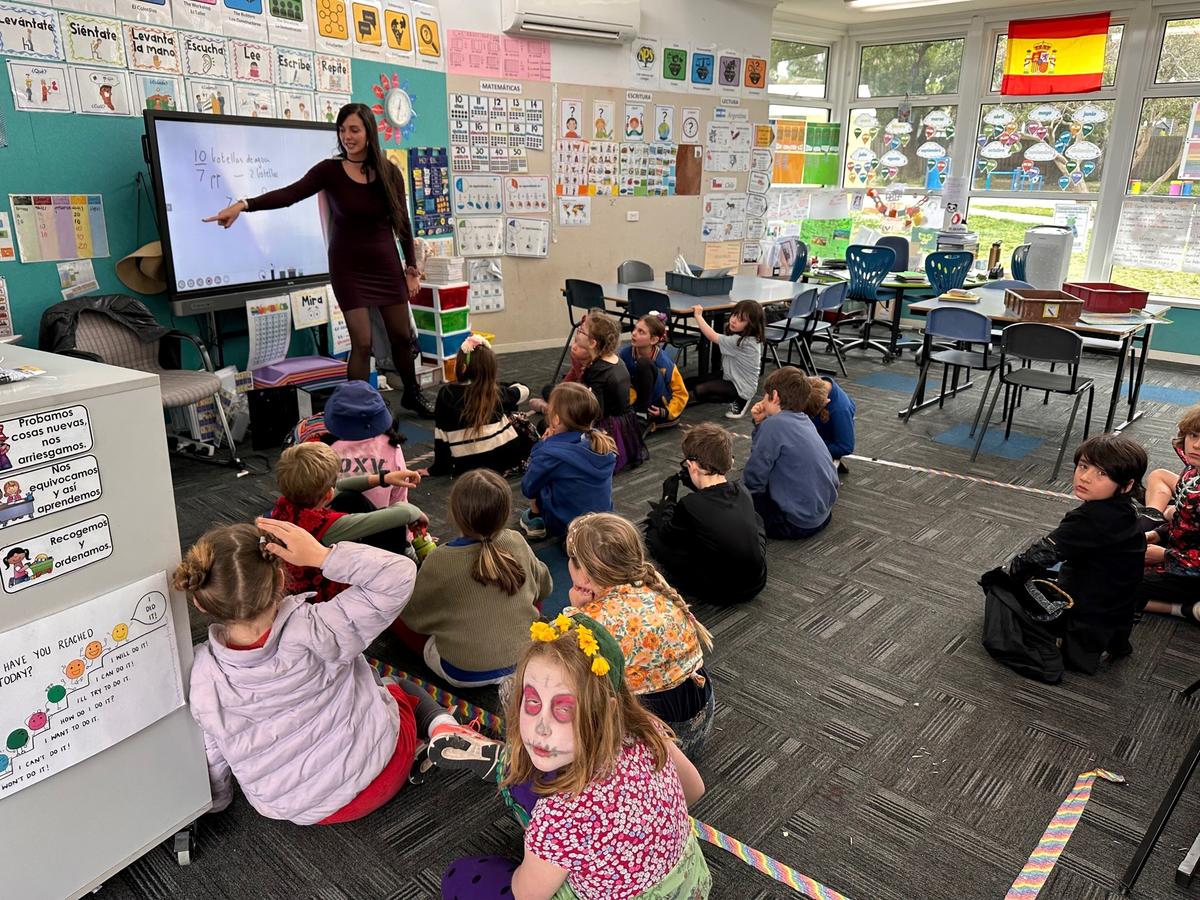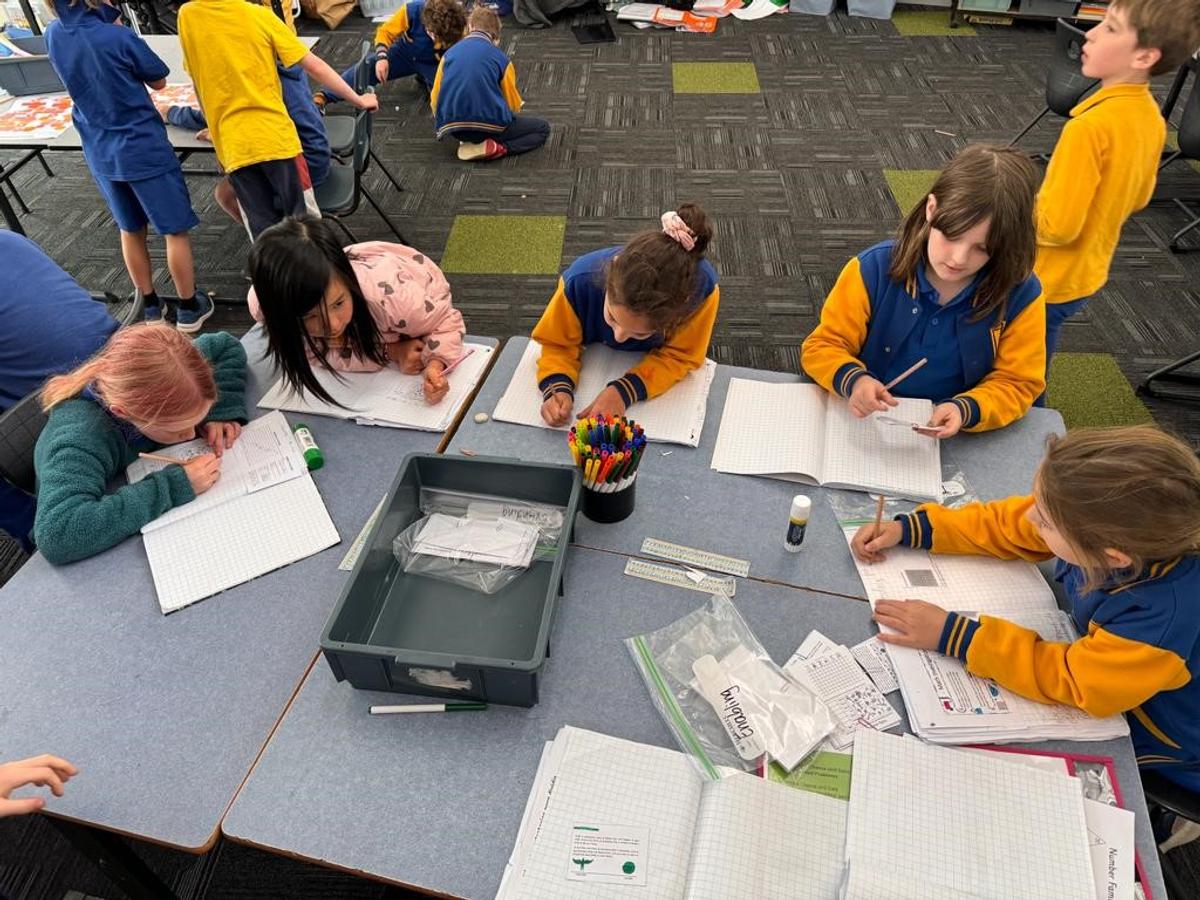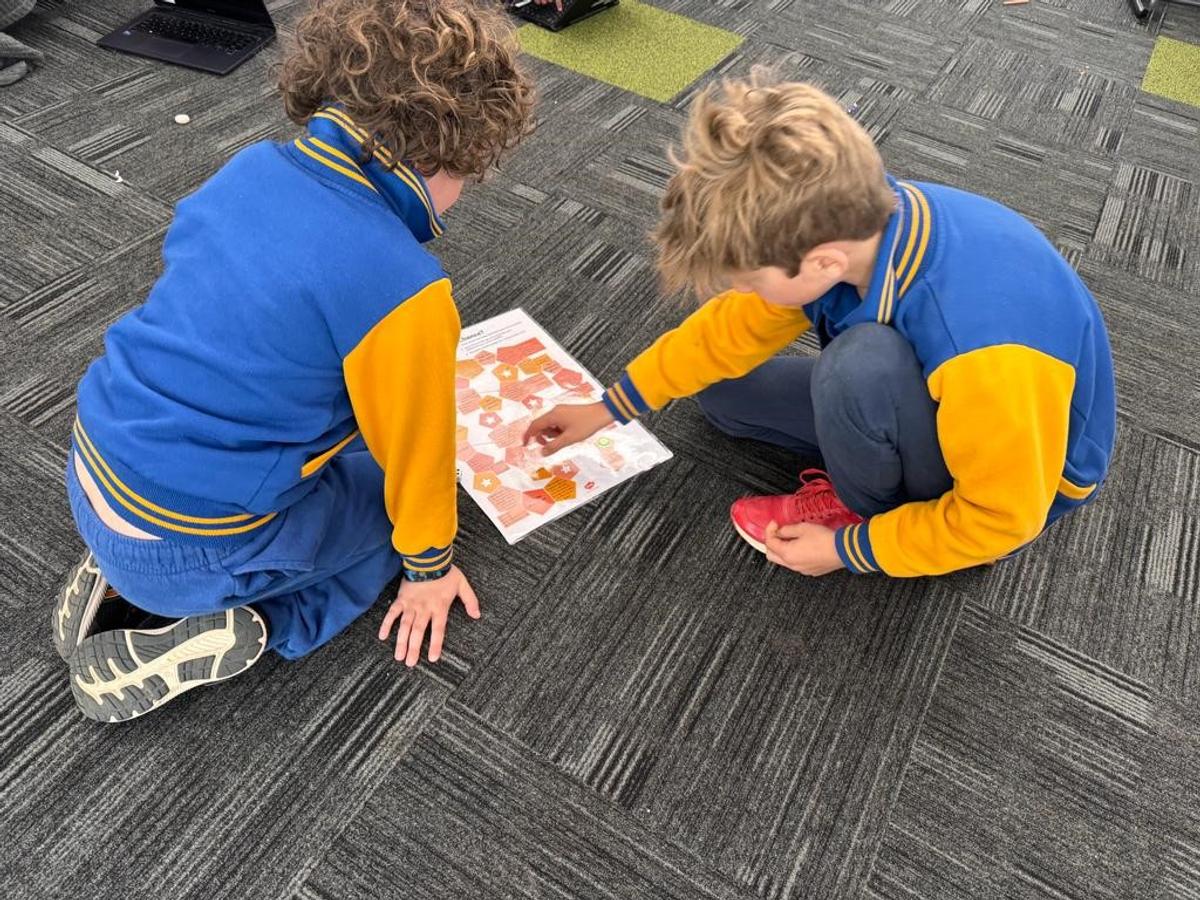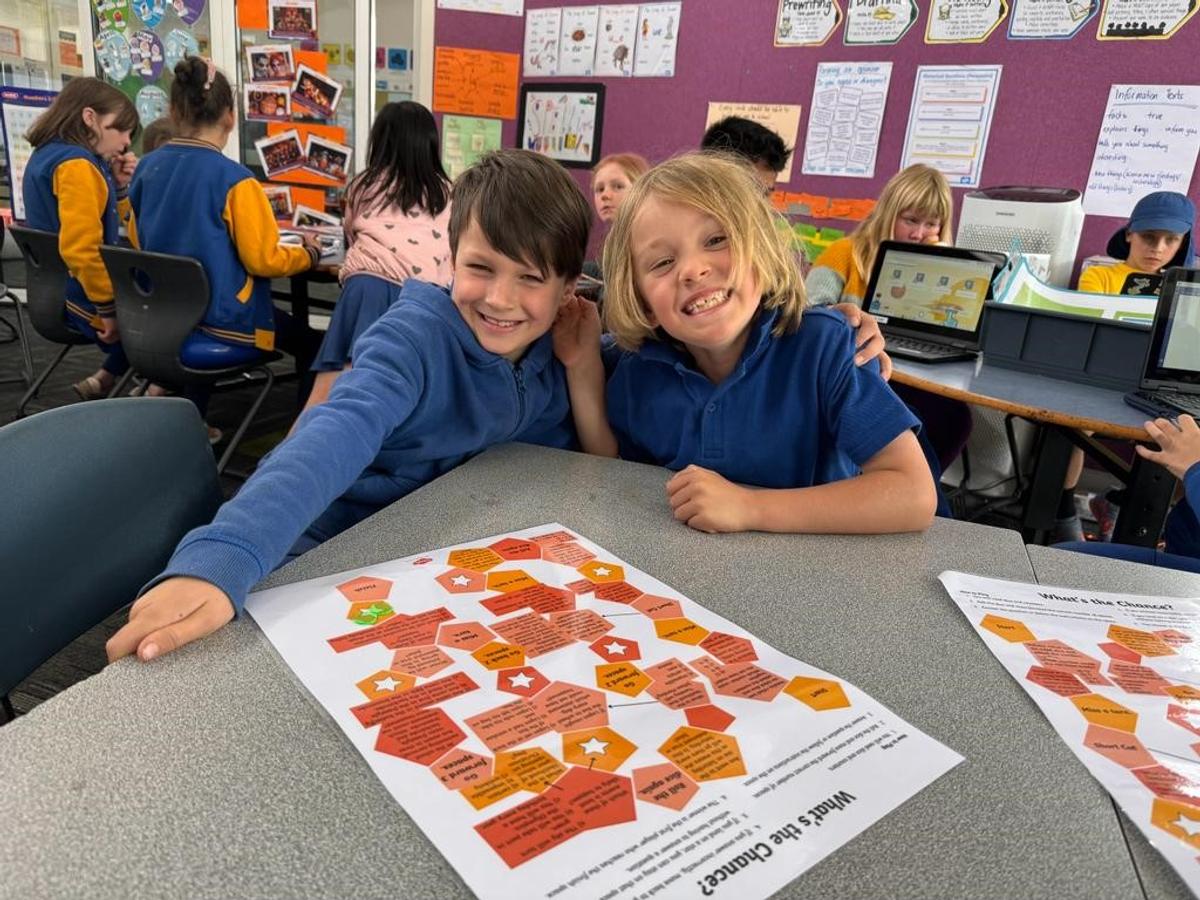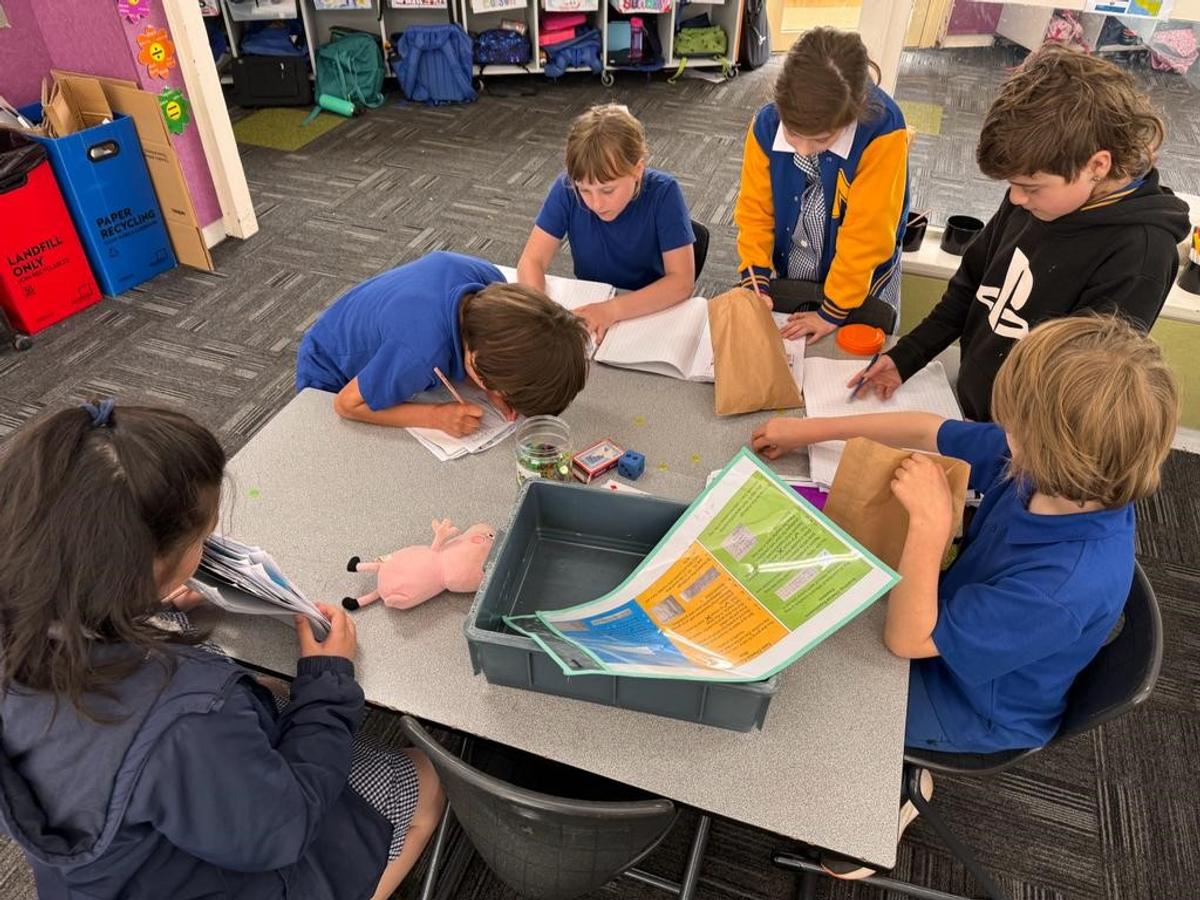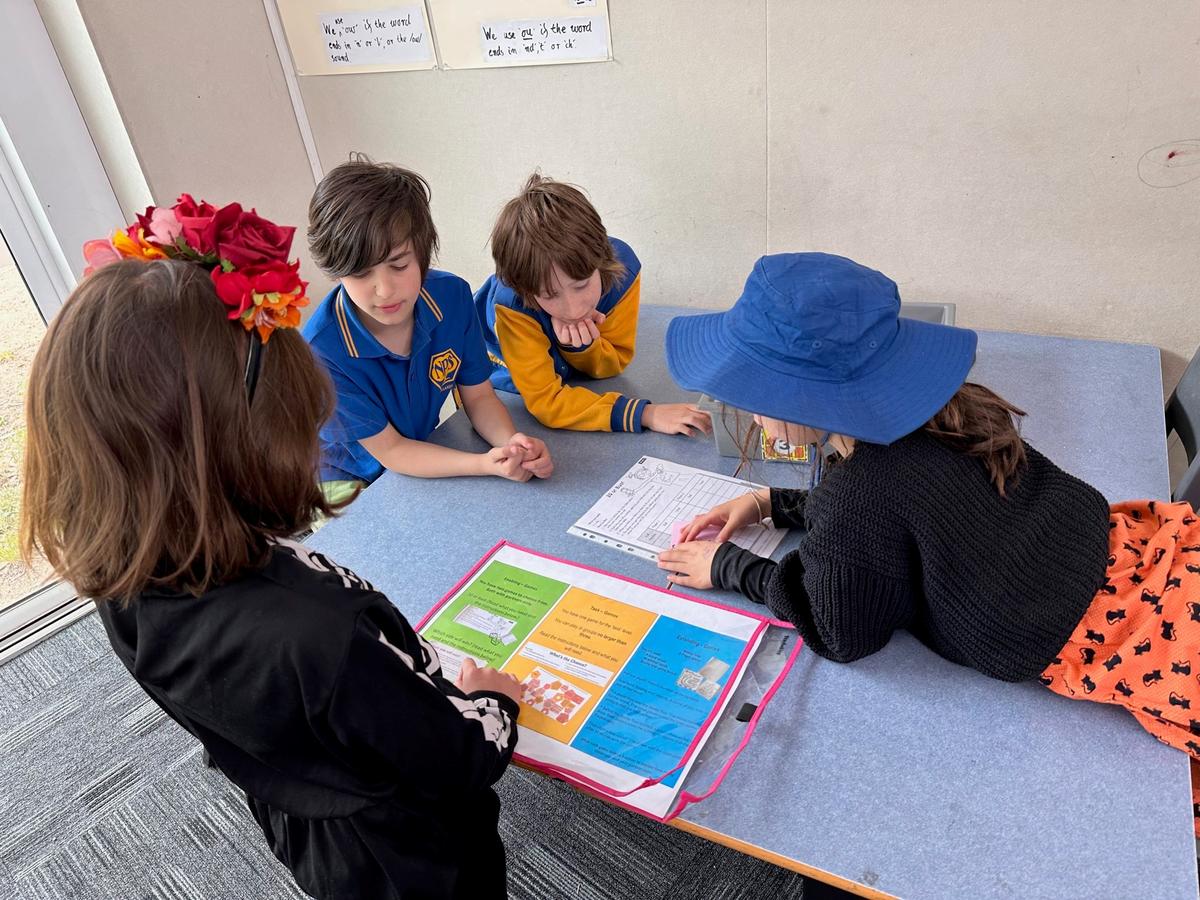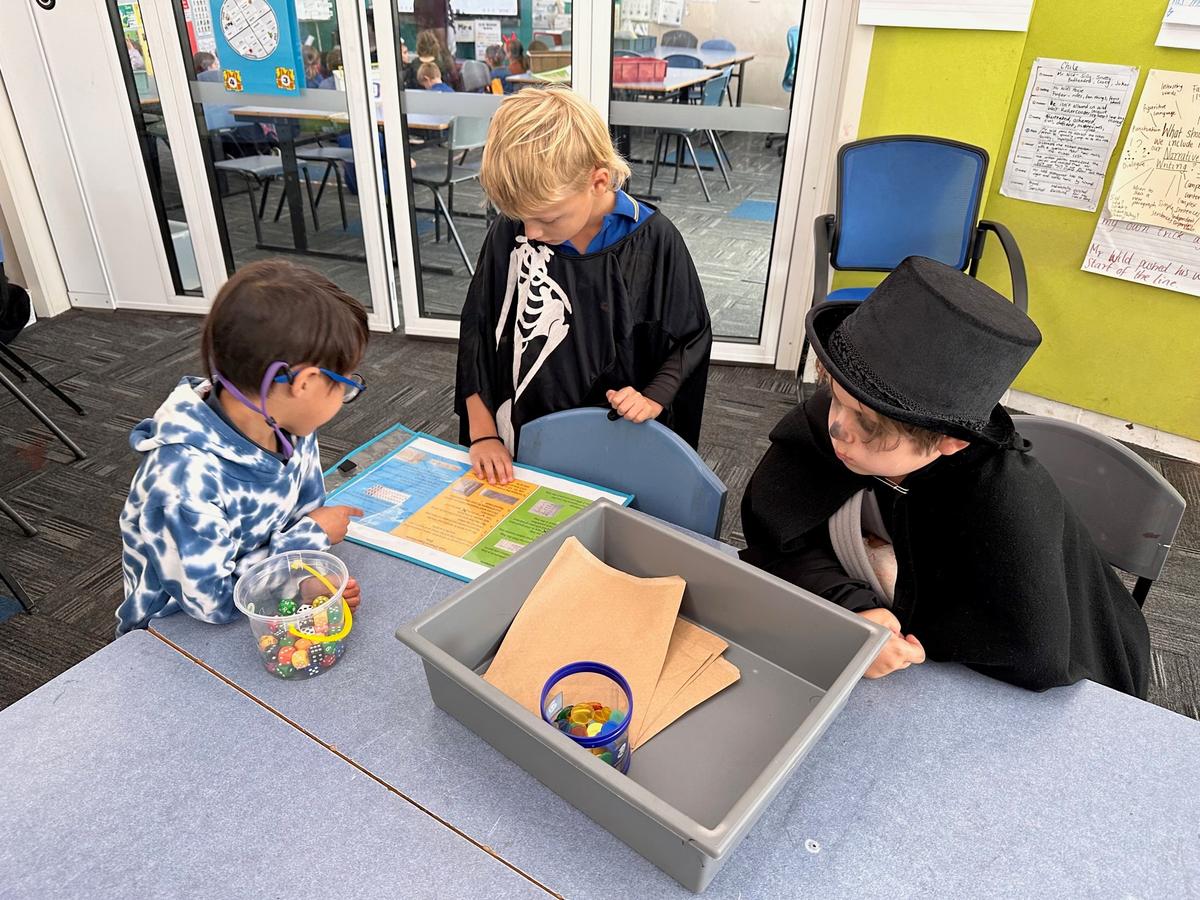The 2/3 Biome
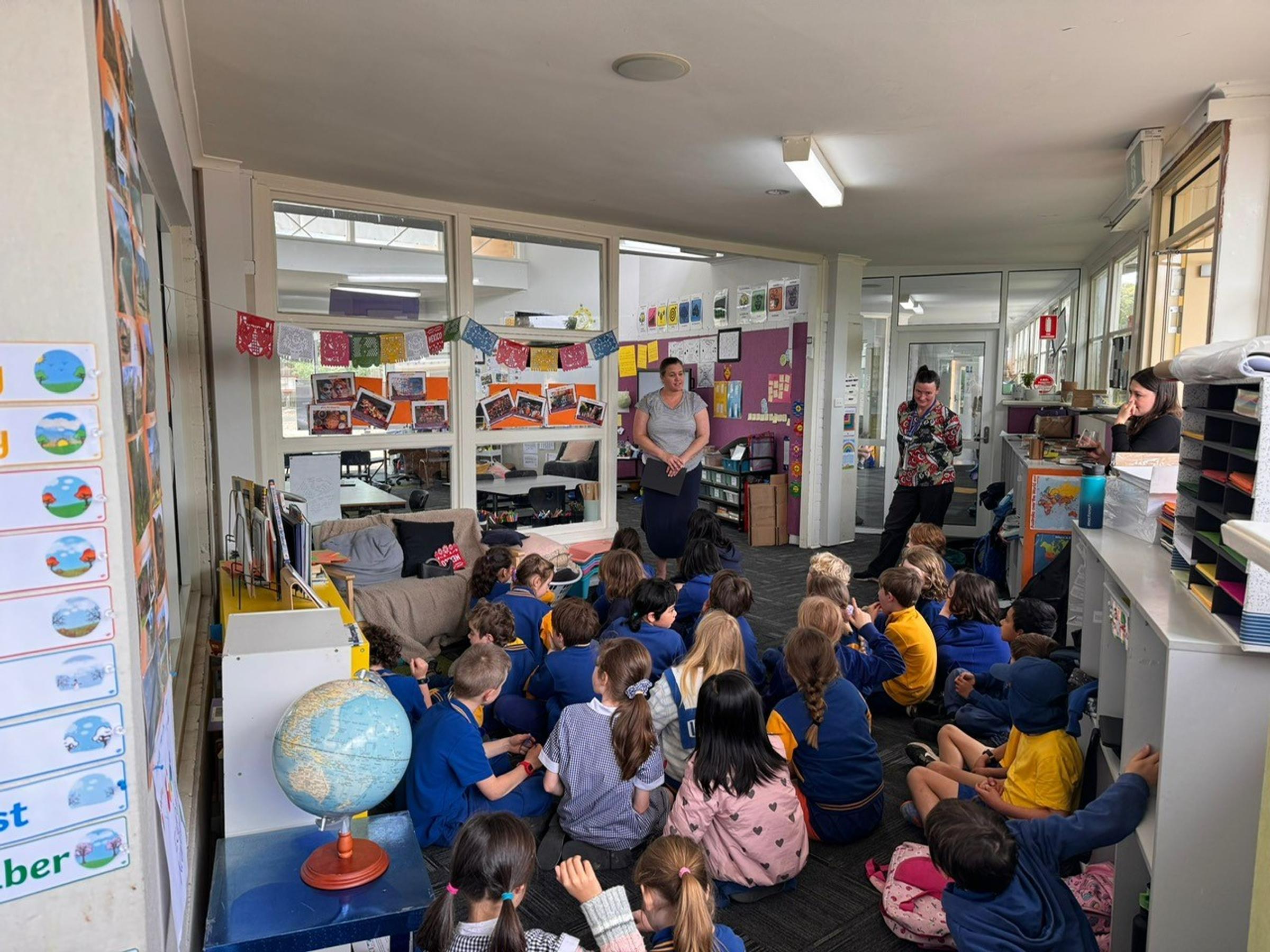
Inquiry
Since the Art Show, the student’s inquiry has involved researching into biomes of Ecuador, and then designing a sustainable and effective house suited to one of the biomes. The project is intended to promote the development of student’s critical and creative thinking skills and requires them to thoughtfully consider environmental factors in design. Ecuador was chosen because learning during Cultural Week this term will also delve into the country. This week, students began building models of their houses.
English Literacy
Students have been learning about the genre of persuasion through English Literacy this term. They were introduced to many persuasive devices early in the term, undertaking numerous writing activities to explore effective ways of using the devices. In more recent weeks, students began thinking about persuasive text structure and were (re)introduced to the OREO (Opinion, Reason, Example/ Elaboration/ Explanation, Opinion rephrased) acronym as a template to structure paragraphs and texts. Aligned with our inquiry, they have begun to move through the writing process to create persuasive texts that aim to convince others to live in their chosen biome, in the house they are designing.
Spanish Literacy
Learning in Spanish Literacy has involved the introduction to and research into the coastal, grassland, tundra, rainforest, and desert biomes of Ecuador, and houses of the biomes. Navigating an informative text to find relevant facts and grasping the vocabulary involved was key to student’s learning.
Students are also exploring instructional texts as they progress towards writing their own. Their texts will aim to teach others how to rebuild the model houses they are designing through Inquiry. Students have learnt about the features and structure of instructional texts; the importance of writing steps that include specific verbs, adverbs, and place prepositions; and discovered the Spanish vocabulary for writing these specific steps and the materials to be used in their models.
Spanish Mathematics
It’s been all about measurement in our Spanish classrooms with the students learning about time, and, recently, beginning a unit on volume and capacity. These concepts provide students with opportunities to apply their skills to interpret number lines and read a scale. It’s a great time to dust off any analogue clocks and check in on students’ time-telling skills. Learning to tell the time can be a significant milestone for students. It is an equally great time to get out the measuring cups and jugs, and any bottles to compare different measures of liquids. Discussing the difference between volume and capacity is always helpful too.
English Maths
A unit on fractions and decimals has recently been concluded in our English classrooms. The students built on learning from earlier in the year when they learned about fractions in Spanish. They compounded their understanding of numerators and denominators, found patterns when halving and doubling fractions, discovered more about equivalent fractions, made connections between division and fractions, and learned about placing fractions on a number line. Many students were introduced to tenths, hundredths, and decimals for the first time and even made connections to percentages. More recently, students have begun a unit about chance and probability in English Mathematics. We’ve begun by brainstorming words that describe chance, likelihood and probability and matching them to a percentage scale. At home, it would be beneficial to talk to students about the chance of everyday events occurring and matching the language to percentages and fractions. For example, “It’s a 7/10 change. That’s likely”.

